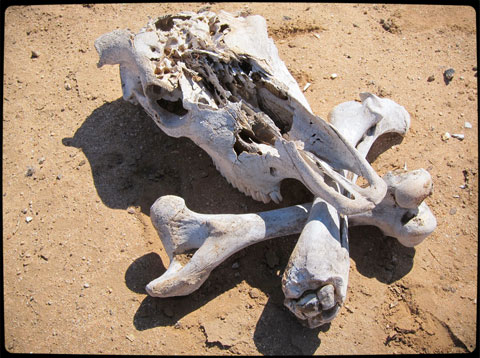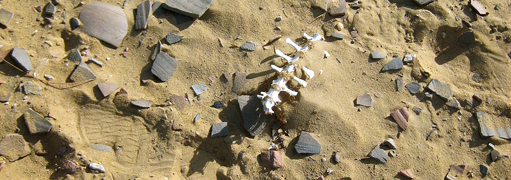Bone Dry: Southwest Farms Bite The Dust As “Megadrought” Becomes The New Normal
Southwest Farms Bite The Dust As “Megadrought” Becomes The New Normal


Latest Article|September 3, 2020|Free
::Making Grown Men Cry Since 1992


